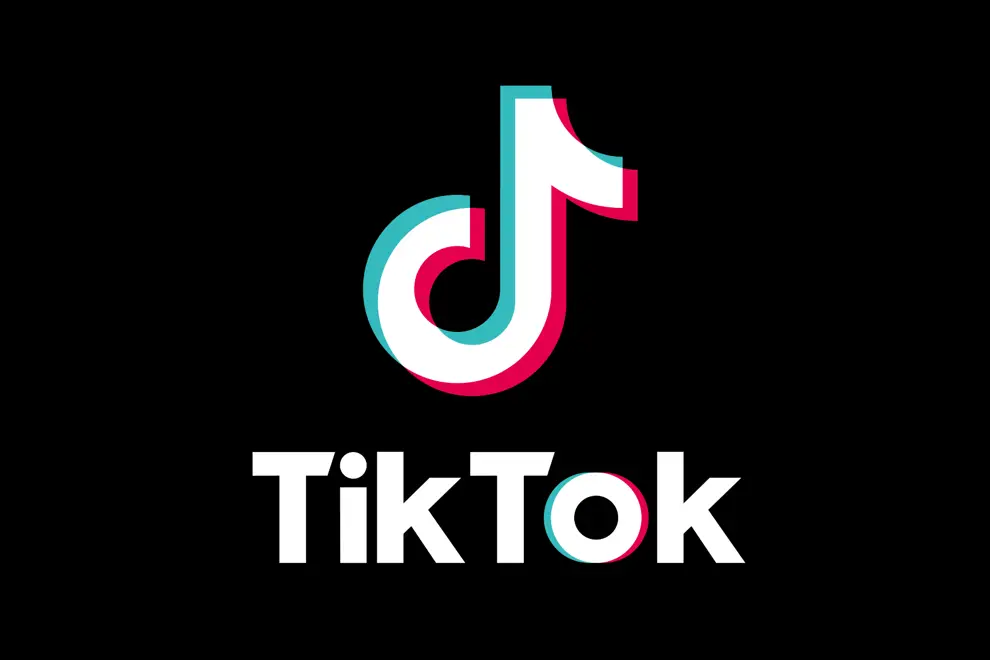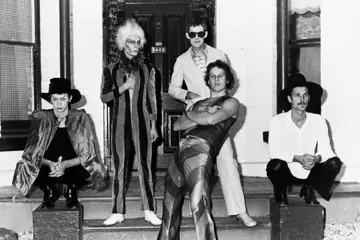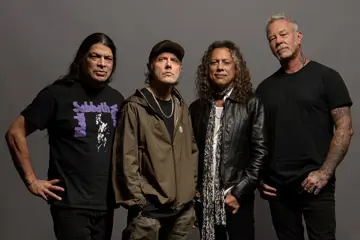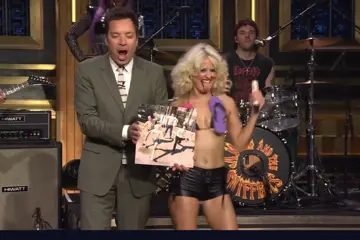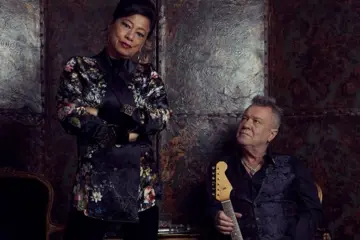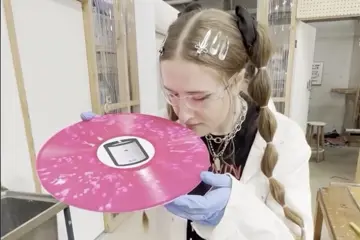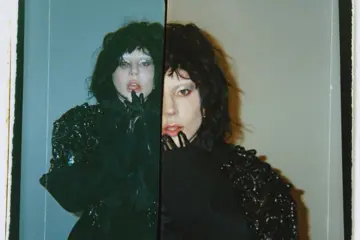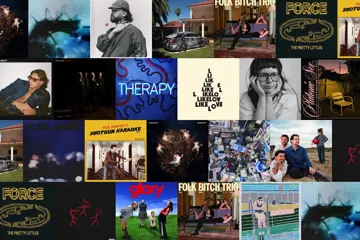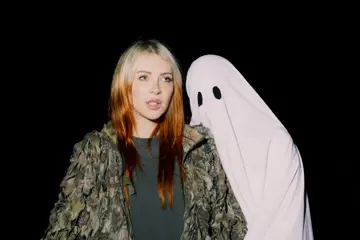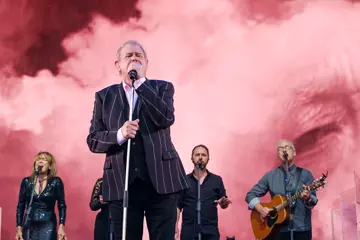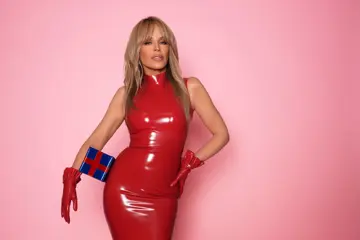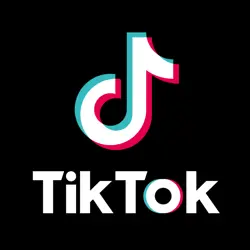 TikTok
TikTokIn Australia, 80% of those aged 8-12 used at least one social media platform last year. That’s around 1.3 million according to Creative Australia.
Of under-13s, 68% use YouTube. TikTok is second with 31%. Snapchat is in third at 19%.
Over in the 13-15 group, the usage is different. This group makes up 440,000 of its 8.3 million monthly active users in Australia.
They number 350,000 of Instagram’s 19 million local users. With YouTube they are 325,000 of over 25 million Aussie users.
At TikTok they constitute 200,000 of the 10 million users that spend at least 1.5 hours a day on the app.
To look at the impact of music discovery after December when Australia slaps a ban on under-16s from using TikTok, YouTube, Meta, Instagram and X, one gets a better sense of the impact through the eyes of TikTokers.
How will the landscape be completely changed for Gen Alpha, born from 2010 onward?
A significant portion of TikTok's user base is younger than 18. Studies show about 25% of TikTok's global users are aged 10-19 years, and more than a third of TikTok's daily users in the U.S. are classified as 14 years old or younger.
In a short time, TikTok has become the fourth most popular social media app in Australia, growing 20% in the last 12 months. The majority of its users are in the 18-24 demo.
At the start of 2025, there were 20.9 million social media users or 77.9% of the total population. When it comes to music discovery, 98% of Aussies of all ages lean towards streaming platforms.
Only 66% lean on social media. 58% insist music festivals are where they find new music. triple j ranks at #4.
Overseas reports show that in the 13-34 group, word of mouth, AM/FM radio, TV & movies, video games and Amazon Music also rank high.
Streaming
A September 2025 study from MIDiA Research reinforced why younger Australians lean towards streaming for music discovery, and why despite overnight viral hits that gain a lot of publicity, streaming platforms are where real (or deep) fans and loyalties are created among younger demos.
It is estimated 84% of songs that made last year’s Billboard Global 200 first went viral on TikTok.
The 25-34 year olds are most likely to stream songs or explore artist catalogues after discovery.
“The buzz around social video platforms as tools for music discovery and fan engagement often obscure a more complicated reality,” said MIDiA’s VP of Music Strategy Tatiana Cirisano.
“In today’s zero-sum entertainment environment, social platforms increasingly compete with streaming services for listeners’ time,” she explains. “Viral attention around songs on social media is not converting into streams or wider artist discovery as often as the industry would hope, and particularly among the next generation of fans.”
“It is imperative that artists and rights holders rethink their approach to cultivating lasting fan relationships – and that social platforms take care in choosing the role they wish to play in that value chain,” Cirisano warns.
MIDiA found that TikTok’s follower-to-listener conversion rate is the lowest among leading platforms.
Of the 20% of consumers who followed artists on TikTok after discovering them, only 26% listened to more of that artist’s music.
Of the 15% of consumers who followed artists on other social platforms after discovering them, 45% listened to more of that artist’s music.
In what is an eyebrow-raising stat, under one-third of TikTok users have ever used its “add to music app” feature.
According to MIDiA research, 87% of those surveyed said they listened to music on social media… but more than half had heard it elsewhere.
So without TikTok available for Australian Alpha Gens, the message to local artists and the music industry at large is, to find new sources in breaking new music.
Under a quarter of TikTok users have engaged with artists’ pre-release teaser content.
Sources
There are many sources of music discovery. YouTube is the leader in this for 52% of all ages. Streaming platforms are 40% and TikTok is 37%. Other social media is 27%, radio is 18%, sync is 18%, and word of mouth 11%.
Consumers who hear music on TikTok and Instagram are significantly more likely to say they do not search for music compared to consumers who hear music on YouTube.
Data shows that TikTokers who discover a new artist are significantly more likely (35%) to follow that artist solely on TikTok than on other platforms.
So currently, fans who discover an act on TikTok are most likely to follow their career on TikTok. So where is the loyalty factor here for a 10-16 year old who didn’t find an act on TikTok?
Where do they go when, from 16 to 24, they’ll join older siblings in becoming the most engaged and sought-after age group of fans?
In the US, when TikTok was facing a full ban, followers of the Chinese app made it clear they would move to its closest rivals and clones, YouTube Shorts and Meta Reels via Instagram.
None of these are obviously options as they are part of Australia’s under-16 ban.
Consumption
It’s hard to know how much the ban will exacerbate the changes Gen Alpha is already bringing to music consumption, sharing and discovery.
Growing up in a world of streaming, social media, new tech and a global perspective, there are no music genres for them.
They'll leap from K-Pop to metalcore to drill to graffiti to games soundtracks to fashion within a two-minute track if it means keeping things exciting and personalised.
Technology has long stripped away the concept of passive listening and Gen Alpha’s bent on creating trends rather than discovering them is an example. GarageBand, BandLab and A1 apps such as Loudly, Mubert, Boomy and SOUNDRAW are their best friends.
So while their world is their own, what the TikTok ban will mean is a temporary loss of the communities the app fosters through shared interests, challenges and content styles.
Artists are encouraged to reach their under-16 fans through email, texting, Discord and Substack to keep them in the loop where trends are concerned, and tap the huge potential of under-age gigs.
It has to be remembered for a few years; the continuity of music discovery is lost as young fans emerge.
We take a lesson from live audiences. For generations, new Australian fans picked up things such as passion, support and behaviour at gigs from older siblings.
But COVID changed everything, and Gen Z set about making its own rules. The passion and financial spending is there, but it’s moved to a different park, and left a wasteland behind for so many.
Let's see what Gen Alpha does.

